Written by Daii
From now on, you need to remember a new term: Q-Day, the abbreviation of Quantum Day.
This is what the crypto industry calls the day when "quantum computers can actually crack Bitcoin private keys." It's not science fiction, it's not out of reach, but a real, gradually approaching technology node.
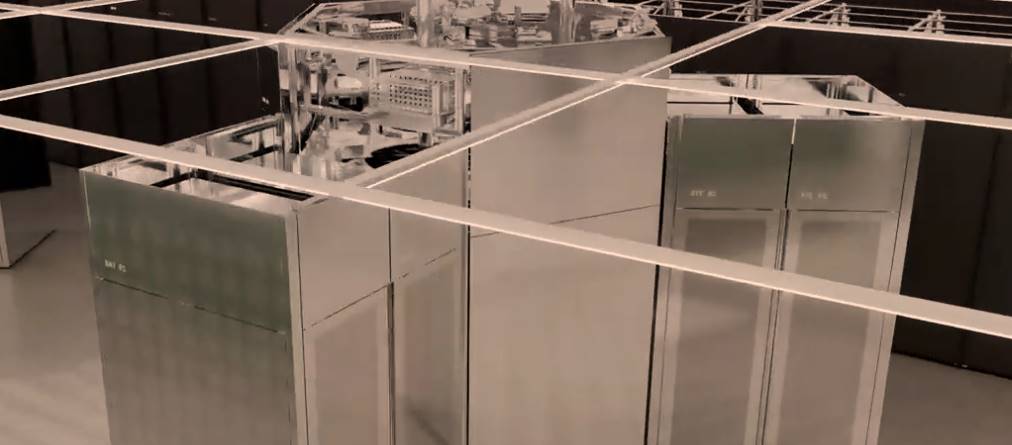
Q-Day means that when the first general-purpose quantum computer that can run Shor's algorithm and crack ECDSA private keys comes online, cracks will be chiseled out of Bitcoin's solid shell. IBM's timetable is 5-10 years, and Google is more optimistic, claiming that its own "Willow" chip may be competent before 2030 (source investopedia.com).
Once this day comes, those Bitcoin addresses that have ever exposed their public keys will lose their security - attackers can deduce private keys and steal assets in just a few hours. About 4 million BTC (nearly 20% of the entire network) will be exposed to risk.
This is Q-Day:
A time bomb that all cold wallet holders should not ignore.
However, the real crisis is never just fear, it may also be the starting point of the next bull market.
History has also told us that every seemingly doomsday technological shock often leaves a floor price for calm buyers - the Internet bubble, the subprime mortgage crisis, and even the FTX crash are all like this. Bitcoin's quantum crisis will be no exception.
Of course, first we should confirm whether Bitcoin’s quantum crisis really exists?
1. Why is Quantum of Solace a real crisis?
Success depends on the public key, and danger also depends on the public key.
Bitcoin's quantum crisis is a crisis created by technological progress. At its core, it is the foundation of Bitcoin's existence - public-key cryptography.
Public key cryptography is the cornerstone of Bitcoin's security system. Its biggest advantage is that it allows you to make the "keyhole" public to the world (public key), while only you hold the "key" (private key).
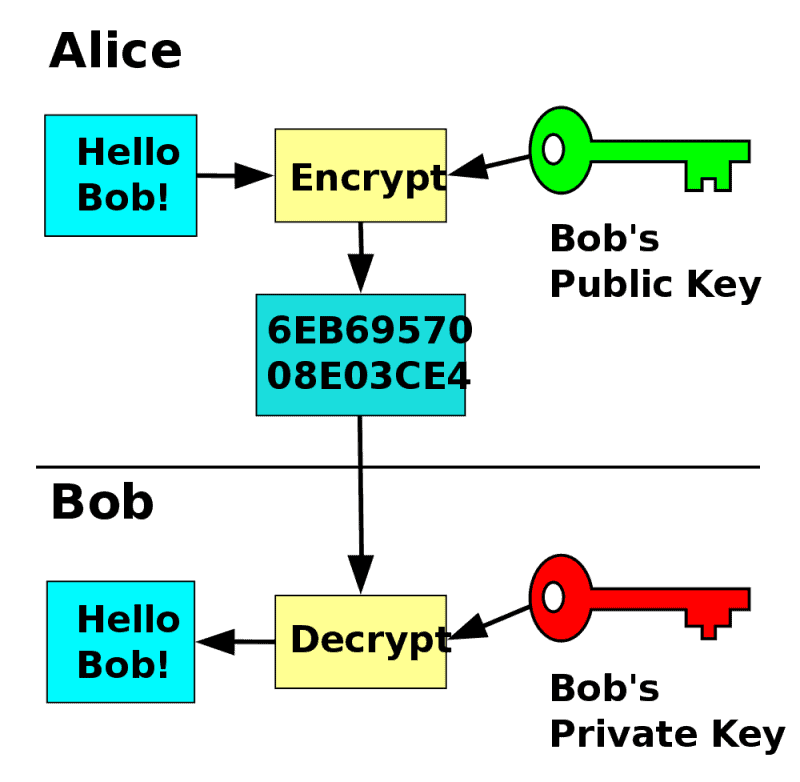
In the above figure, Alice wants to send a message to Bob. She encrypts it with Bob's public key, generating an incomprehensible ciphertext. Only Bob, who has his own private key, can decrypt and restore the original text. This means:
Even if the data is intercepted during transmission, as long as the private key is not leaked, the information remains extremely safe.
This mechanism gives Bitcoin the characteristic that "anyone can send you money, but only you can use it", and also lays the cryptographic foundation for its "trustless" operation.
Because Bitcoin uses an encryption system called the Elliptic Curve Digital Signature Algorithm (ECDSA). In front of classical computers, ECDSA is almost unbreakable - to reverse the private key from the public key, 2¹²⁸ operations are required, and it would be useless even if a supercomputer calculated it for thousands of years.

But quantum computers are completely different.
It's not a classical computer that "runs faster," but a device that runs completely different laws of physics. If you give it a quantum machine that can run Shor's algorithm, it can reverse the private key from the public key in a few hours. It's like using a time machine to open a safe that has been sealed for 15 years.
In other words: the security of Bitcoin is not threatened by "hackers" but by "scientific progress."
This is the most worrying part.
This is not the intention of a certain attacker, but a result that will "inevitably come" one day in the future. No one can stop technology from becoming stronger. When a sufficiently powerful quantum computer is born, any address that has ever exposed a public key is equivalent to having exposed its own private key - even if it was signed once 10 years ago, it will be "unlocked" on Q-Day.
According to the 2025 Deloitte report, approximately 4 million BTC are vulnerable, accounting for about 20% of the total circulation, with a value of over $40 billion. The breakdown is as follows:
~2 million BTC are in P2PK addresses, which directly expose public keys and are vulnerable to attacks.
~2.5 million BTC are reusing P2PKH addresses, and the public keys are exposed after reuse.
What really makes matters worse is that Bitcoin is an irreversible asset. Once the private key is stolen and the funds are stolen, no one will help you recover them. There is no such thing as "freezing the account" or "recovering the password".
So, Quantum Solace is not a science fiction story, nor is it a distant hypothesis.

It is not an enemy weapon, but a future bomb that we have planted ourselves - lying quietly under our feet, waiting for the loud bang of Q-Day.
You may want to ask, can Bitcoin withstand such a big crisis?
The answer is yes, because the quantum crisis did not fundamentally change Bitcoin, but forced the lazy Bitcoin community to speed up its self-evolution.
2. Why can Bitcoin withstand the quantum crisis?
Because the power of Bitcoin lies not only in its encryption algorithm, but also in its ability to self-evolve.
Bitcoin is not a set of hard-coded programs, but a "living system" maintained by global consensus - its protocol can be upgraded, its security model can be adjusted, and its community can respond in advance. The quantum crisis is precisely catalyzing this change.
2.1 Most of Bitcoin’s assets are still “invisible”
A quantum computing attacker cannot directly crack all Bitcoin addresses.
It can only crack addresses whose public keys have been exposed on the chain, that is to say, you have signed and transferred money with this address before you can be attacked. As of July 1, 2025, the circulation of Bitcoin is about 19.88 million (CoinMarketCap: Bitcoin Supply), minus 4 million vulnerable to attack, the remaining 15.88 million - they are not "open locks" but "puzzles". Cracking these addresses is not a matter of a few hours, but requires brute force cracking of double hashes (SHA256 + RIPEMD160) under the Grover algorithm. Even with an idealized general-purpose quantum computer, it takes 2⁸⁰ operations, equivalent to tens of thousands of years.
in other words:
As long as your coins have never been spent, they are safe for the time being.
2.2 Existing quantum-resistant encryption schemes can replace ECDSA
At present, the global cryptography community has developed a variety of quantum-resistant signature algorithms, which have been included in the NIST (National Institute of Standards and Technology) quantum cryptography standardization program.
The most popular ones are:

Dilithium (lattice-based signatures)
Falcon (small and fast, suitable for embedded devices)
SPHINCS+ (does not rely on any mathematical problems, belongs to hash signature)
These algorithms have been tested and experimented with in the Bitcoin developer community, including adding multiple quantum-resistant signature templates to Taproot through the BIP-360 proposal. Some developers have also called for the restoration of early script commands (such as OP_CAT) to build more flexible quantum-safe contracts.
In other words, the tools are already there, and it’s just a matter of the community deciding when to upgrade them.
2.3 In reality, Q-Day will not come suddenly
Building a universal quantum computer that can run tens of millions of quantum gates and has thousands of logical qubits is not something that can be done overnight. Even if IBM and Google can break through the key nodes before 2030, it will take a long time for the technology to mature → hackers to master → actual attacks to succeed. The whole process will not be completed overnight.
This gives the community, wallet manufacturers, and miner nodes a few years to react. Before that, as long as you are willing to transfer your coins to a safe address, you can get out of the risk in advance.
So, don't panic.

You only need to change a new Bitcoin cold wallet address and transfer the Bitcoin into it. Remember, once used, your cold wallet is no longer quantum resistant and needs to be transferred to a new cold wallet address. There is a zero-based tutorial for making a Bitcoin cold wallet in the Zero-based Tutorial menu of the WeChat service account (Airdrop Web3). You can generate several for yourself. It doesn't cost money and doesn't require approval from anyone.
After taking precautions for your own safety, all you need to do is wait patiently for the quantum crisis to come.
Because where there is danger there is opportunity.
3. Why is Quantum of Solace not a disaster but an opportunity?
Because market panic is often the best time for smart money to enter the market. And "Quantum Crisis" - the Q-Day (Quantum Day) expected to arrive in the next 5 to 10 years - may be the floor price window you have been waiting for and will change your destiny.
3.1 Evidence from the Stock Market
Stock market history has proven countless times that true wealth is not built by buying at the peak, but by quietly building up during panic.
For example, when the Internet bubble burst in 2000, Amazon (AMZN) stock price plummeted from $107 to $6, a drop of 94.4%. The media shouted "the Internet is over" and investors panicked and sold their stocks. But the real long-term holders reaped more than 1,000 times the return 20 years later.
In the 2008 subprime mortgage crisis, the S&P 500 index fell more than 50% from its peak. Global markets were in mourning, companies went bankrupt, banks collapsed, and everyone was selling assets.
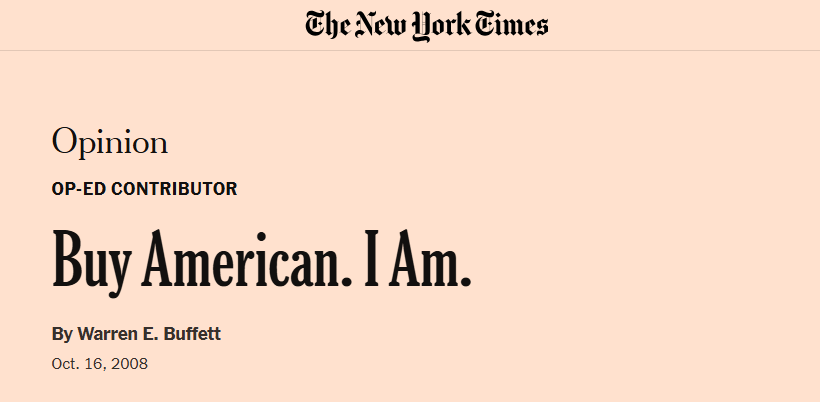
In the same year, Buffett wrote the famous quote in his New York Times column "Buy American. I Am.":
Be fearful when others are greedy, and be greedy when others are fearful.
3.2 Notes on the Crypto Market
This script is being played out again and again in the crypto market:
In 2014, Mt. Gox collapsed, resulting in the theft of 850,000 bitcoins. BTC fell from $1,000 to $200, a drop of more than 80%.
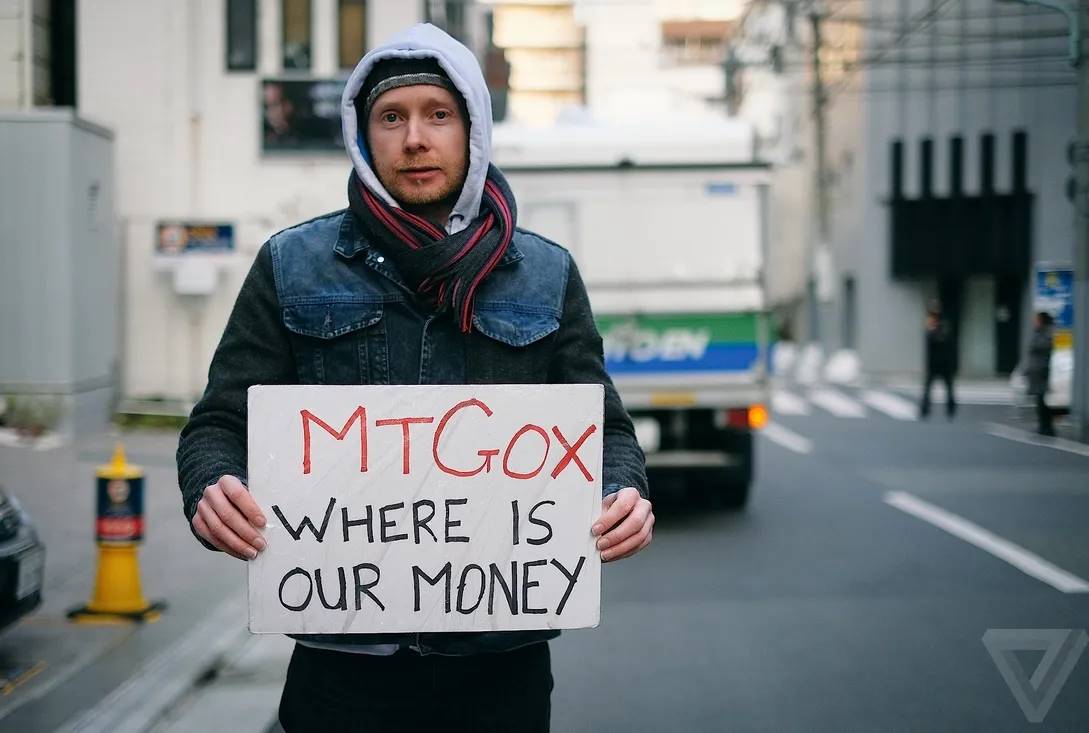
In 2022, Luna collapsed, FTX exploded, BTC once fell below $16,000, and the entire network was in a panic liquidation. ETH was also cut in half.

But we all saw the results: these are not the end of the crypto world, but the starting point of the next cycle. After the collapse of Mt.Gox, Bitcoin hit a new high of $20,000 in 2017; after the FTX crisis, the entire market recovered again in 2023-2024, and Layer2, public chain, AI + Crypto applications emerged like mushrooms after rain.
The quantum crisis may also be another form of "black swan" - it will not end Bitcoin, but instead provide cognitive leaders with a strategic opportunity to build positions and "pick up bargains".
You can imagine the scene: When Q-Day approaches, news media collectively exaggerate that "Bitcoin is not safe"; KOL on social platforms shout "This is a disaster for cryptocurrencies"; even a celebrity or institution's wallet is hacked, the whole network wails, and funds flee overnight. The moment when prices lose their anchor and emotions fall into panic, it is the time for true value investors to take action.
Q-Day may become Q-Dip: Quantum Discounted Investment Point.
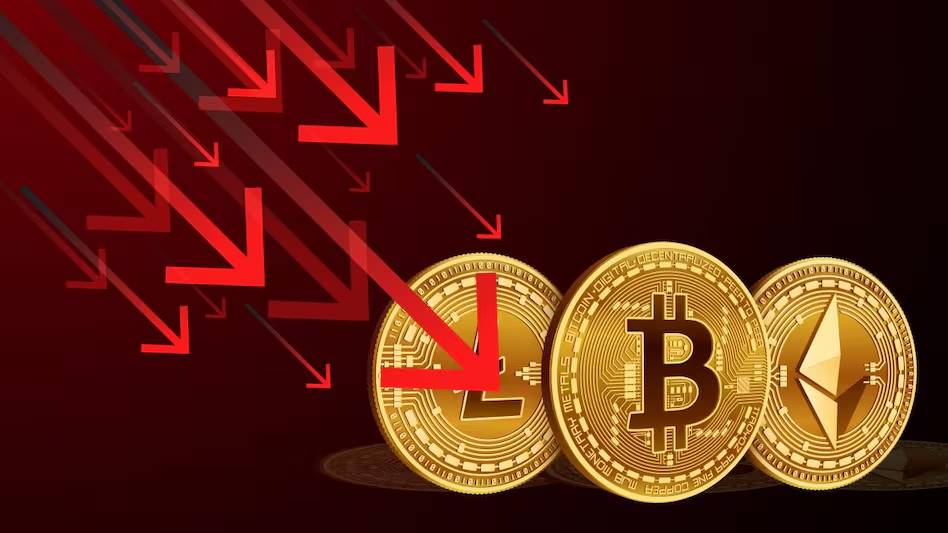
3.3 The power of logic
More importantly, this "crisis" has not changed the three fundamentals of Bitcoin:
The total number of bitcoins remains only 21 million, and has never changed.
The protocol itself is upgradeable, and as long as the community migrates to a quantum-resistant signature algorithm, Bitcoin can continue to operate and even become more secure.
The actual supply and demand has not deteriorated: more than 60% of Bitcoin supply is locked up by long-term holders (LTH), who rarely sell in panic.
Therefore, this "technical panic" is likely to be just a short-term shock - just like Mt.Gox or FTX, it is a local collapse of trust, not a systemic collapse.

For investors who hold cash or stablecoins, have cognitive advantages and are prepared for operations, this may be a once-in-a-decade opportunity to build positions again.
What you really need to prepare is not to predict the exact time of Q-Day, but to be ready with your wallet, your knowledge, and your patience when it comes.
Conclusion
The 15-year history of Bitcoin is an epic of collapse and rebirth:
It fell 93% in 2011, 85% in 2014, and another 80% in 2018. In 2022, Luna and FTX triggered a chain reaction, with a drop of 76%. Every round of decline was pronounced dead by the media, and every deep pit was written into the prologue of the next bull market a few years later.
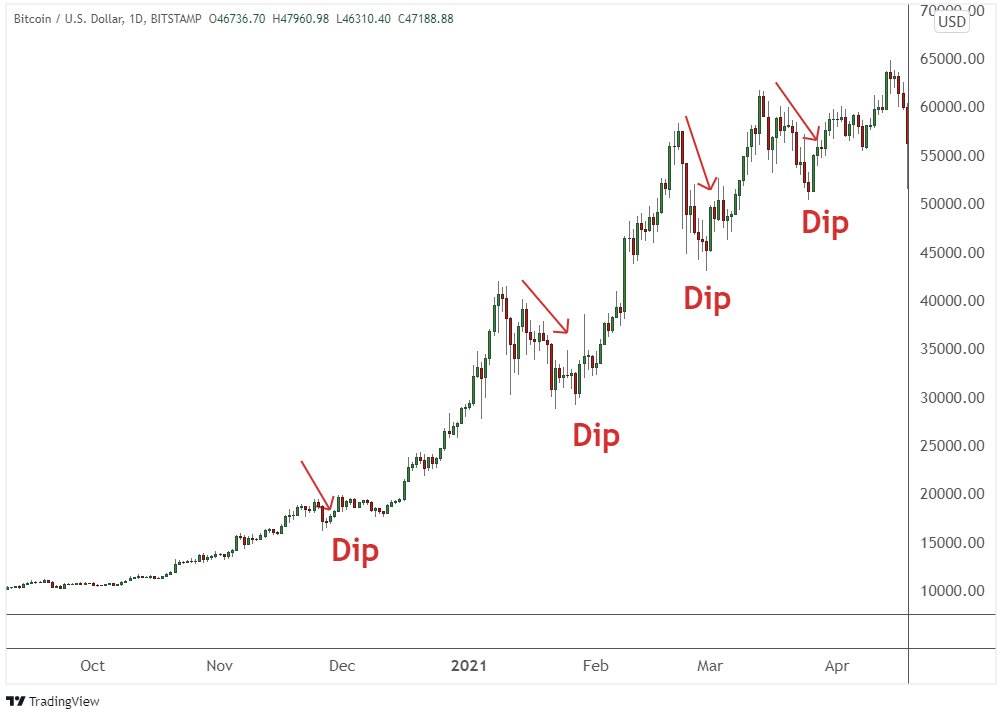
Now, Quantum of Solace may be the next clue.
It will trigger a technological panic and a public opinion tsunami, blowing out a historic bottom, and will also cleanse out the "fragile consensus" that is over-reliant on centralization and over-leverage.
But the explosion is not the end. For those who are prepared, it is a signal flare and the starting gun for buy the dips.
Please remember this golden sentence:
A real bull market never comes from rising prices, but from falling prices.
Start preparing now - check if your cold wallet address is still safe, and learn how to generate a new address that is resistant to quantum attacks. There is a zero-based tutorial for making a Bitcoin cold wallet in the zero-based tutorial menu of the WeChat service account (Airdrop Web3). Take it for free, no thanks.
Q-Day will come, the storm will rise, but you won’t be the one who is unprepared.
You can't stop the storm, but you can build the sails.








